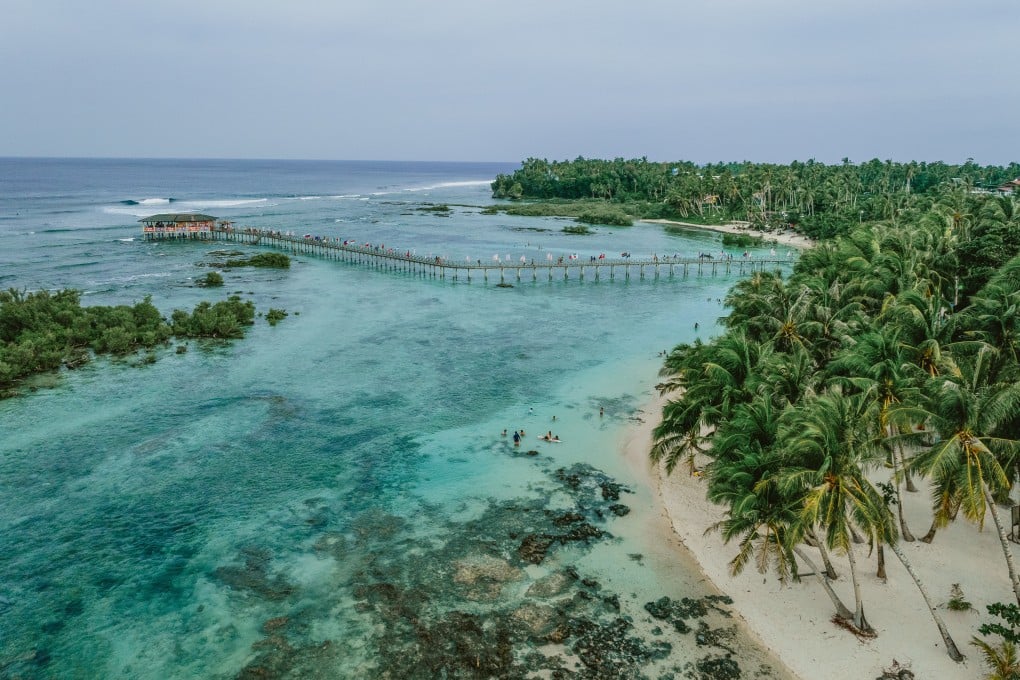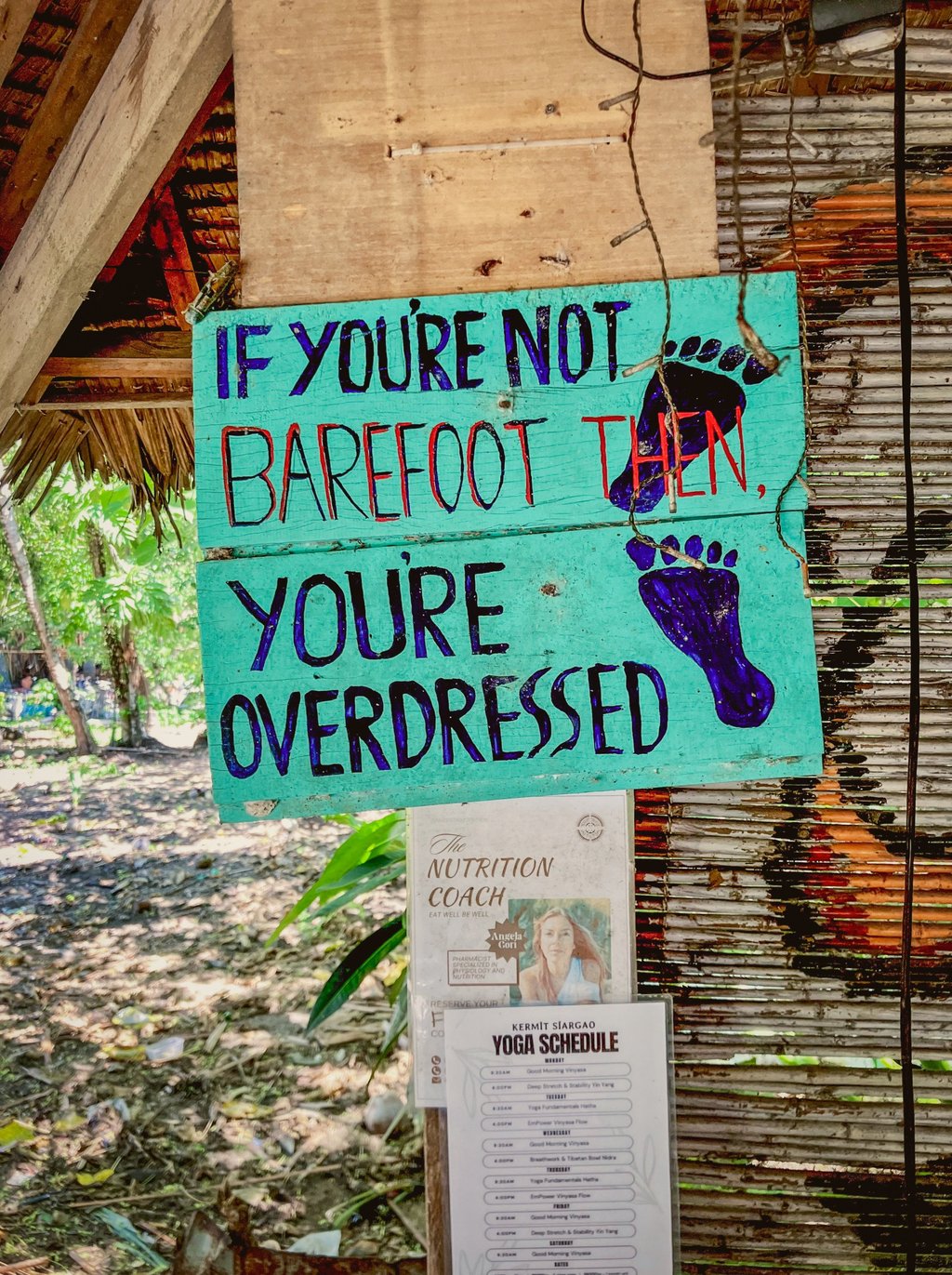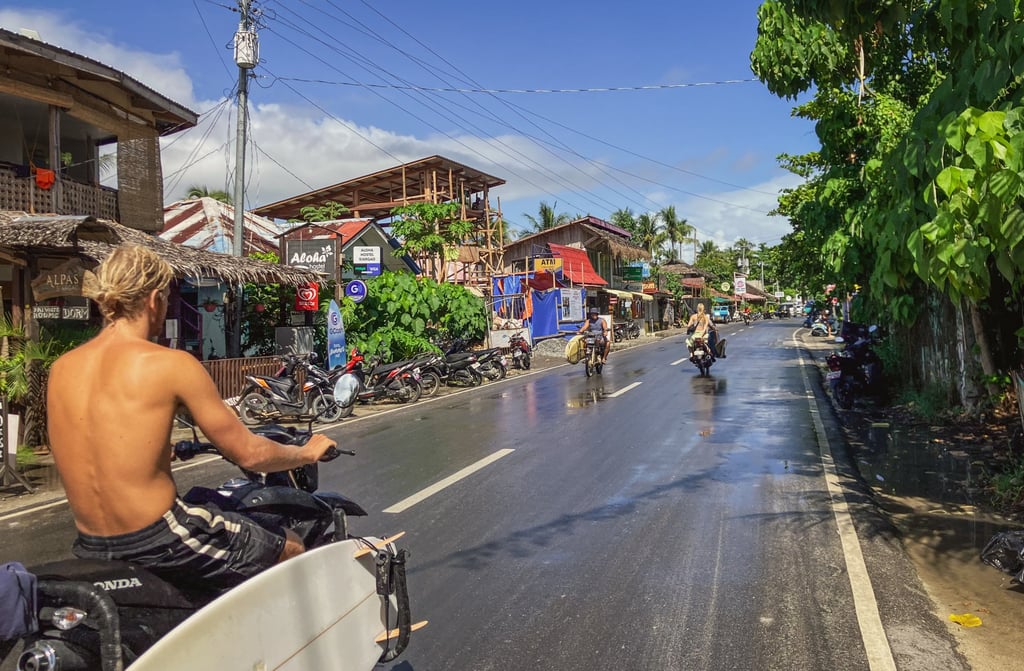How a drug smuggler and his mysterious death put Siargao surfing on the map
American drug smuggler John Michael Boyum was one of the first to surf Siargao’s Cloud 9 in the late 1980s. His story helped put the Philippine island on the map

In the summer of 1987, John Michael Boyum, American surf pioneer and “a hustler of the highest order”, “a visionary and a sociopath”, according to fellow drug smuggler Mike Ritter, was released from prison in Nouméa, New Caledonia, after serving two and a half years for trafficking cocaine. A year later, Boyum saw one more drug deal go bad and his co-conspirator jailed in Australia. But that was not his only worry. Since leaving prison, Boyum had also burned powerful trafficker friends in Hawaii by stealing, according to multiple accounts, upwards of US$1 million in cash stashed in coin lockers at Kahului Airport. It was at that moment he decided to disappear.

It’s only in the past decade that Siargao has gone viral in travellers’ social media feeds as the “next Bali” or the “new Boracay”, and legacy media has reacted with a landslide of coverage. Last July, Lonely Planet listed Siargao as the first of its seven “best places to visit in Southeast Asia”. In October, Travel and Leisure declared it “the last remaining paradise”. In December, The New York Times ran a story under the headline, “The Under-the-Radar Filipino Island That Evokes 1970s Bali” as part of its “Flocking To” series.
“This is a magical place,” says John Carby, a 43-year-old Australian missionary and surfer who has called Siargao home for 15 years. “So many people come here, and then the second day they ask, ‘Where can I buy land?’”
The influx has produced the paradox of an island with laughable infrastructure yet all the world’s viral trends. There are skate parks, and padel and pickleball courts, wellness centres offering ice baths, and restaurants serving adaptogen mushroom chai, green earth smoothies and ethnic cuisine choices worthy of any foodie neighbourhood in New York. But brownouts are a near daily occurrence, and sometimes the water shuts off. The best internet comes via Starlink antennas, and there are almost no street lights.
